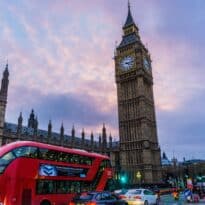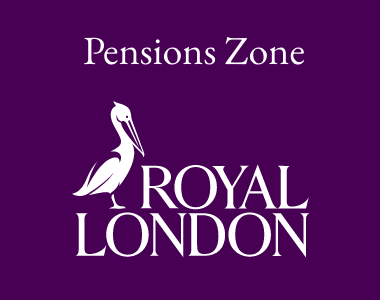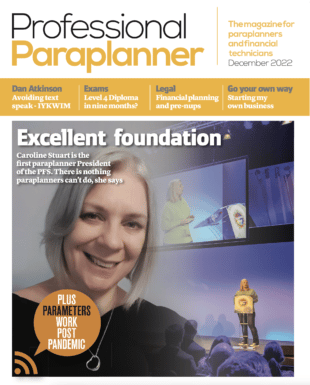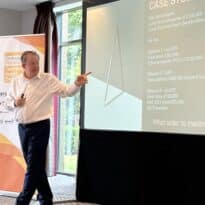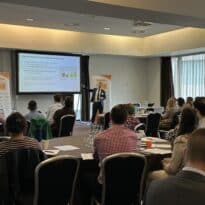The self-employed risk being left behind in the pension stakes, as new figures reveal that pension participation among employees has boomed under auto-enrolment.
Over the past decade, pension scheme participation among working-age people has increased year-on-year, with the exception of 2021/22, rising from 37% in 2013/14 to 55% in 2023/24.
Meanwhile, scheme participation among employees has jumped 26% from 53% to 79% between 2014 and 2024, figures from the Department for Work & Pensions have shown.
In contrast, those who are self-employed and not eligible for auto-enrolment, have seen their participation levels remain stable over the past decade, between 16% and 20%.
Helen Morrissey, head of retirement analysis at Hargreaves Lansdown, said: “There are many reasons for this. They aren’t covered by auto-enrolment so don’t have the convenience of being placed into a pension scheme. If they want to contribute to a pension, they need to do all the legwork in finding the best one for them and the reality is many may not have the time. They also miss out on an employer contribution.”
Morrissey added that income patterns can also make it difficult to contribute regularly and many self-employed people will be put off by the inability to access their pension until age 55.
According to Hargreaves Lansdown, 21% of self-employed households are on track for a moderate retirement income, compared to 43% of employed households.
The investment platform said the Lifetime ISA can play an important role in helping self-employed people prepare for retirement, with the 25% bonus on contributions up to £4,000 per year having the same effect as basic rate tax relief on a pension.
Morrissey said: “Further reform could make the LISA even more attractive. Reducing the early exit penalty from 25% to 20% would remove the situation where someone accessing their money not only loses their bonus but also a chunk of their own saving. Enabling people to open and contribute to a LISA up until the age of 55 would be especially useful for those who become self-employed later in life.”
She added: “Self-employed people earning higher and additional rate tax will continue to favour the pension because of the extra tax relief, but these changes could still help many people. Previous Hargreaves Lansdown analysis shows such tweaks could help more than 1.2 million households with a basic rate tax paying self-employed earner to build a more resilient retirement fund.”
Main image: maxime-valcarce-mAj8xn5zXsk-unsplash


